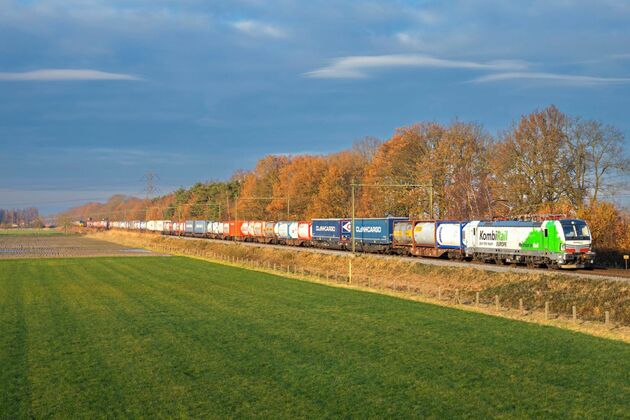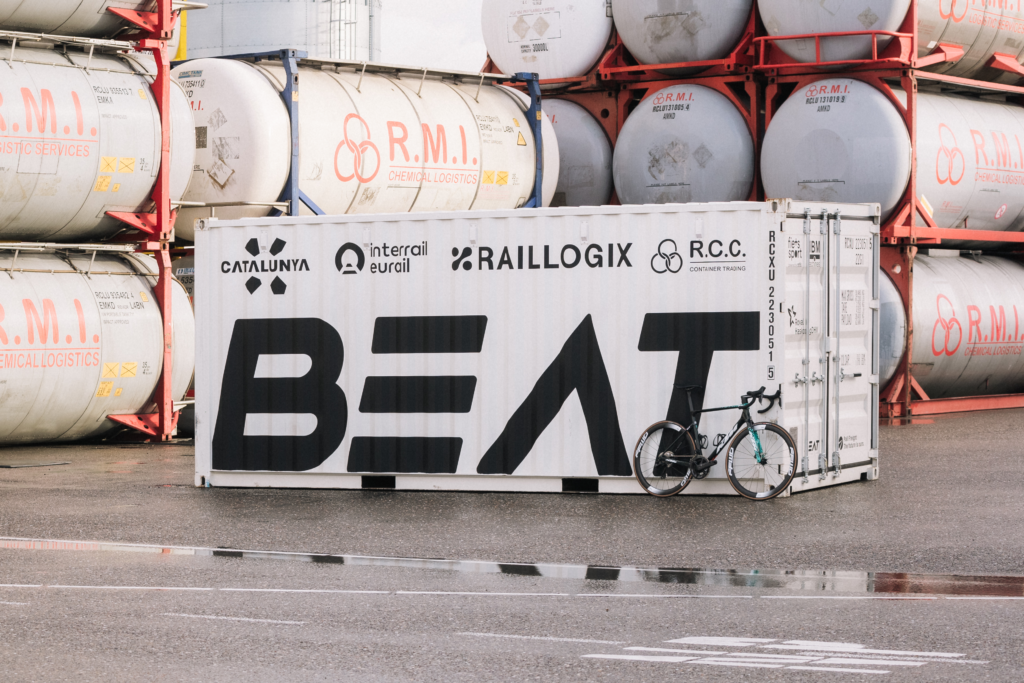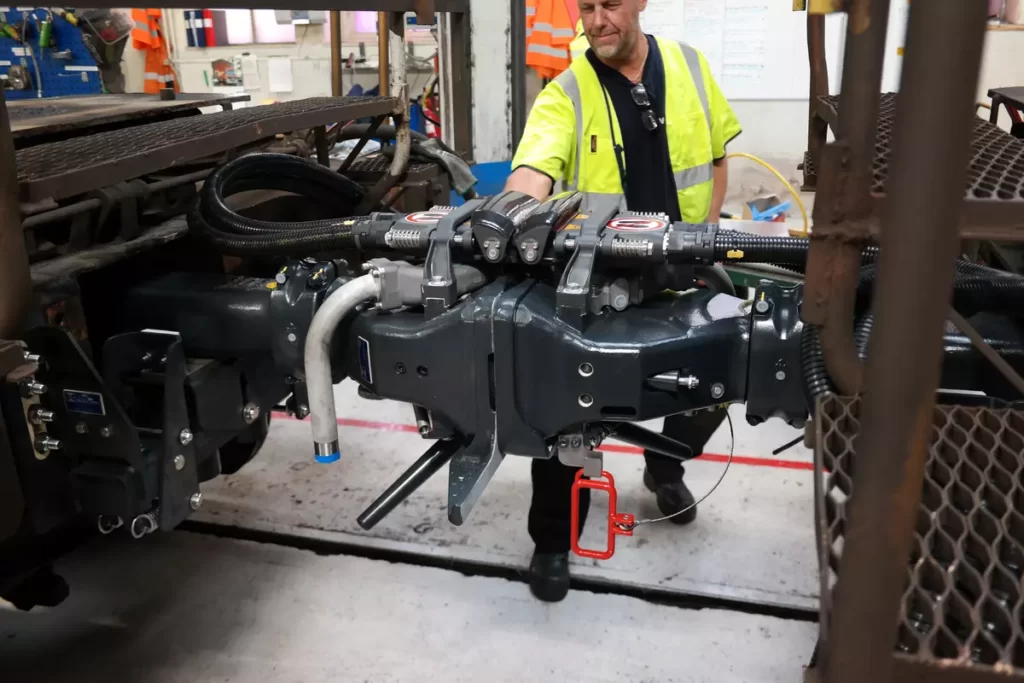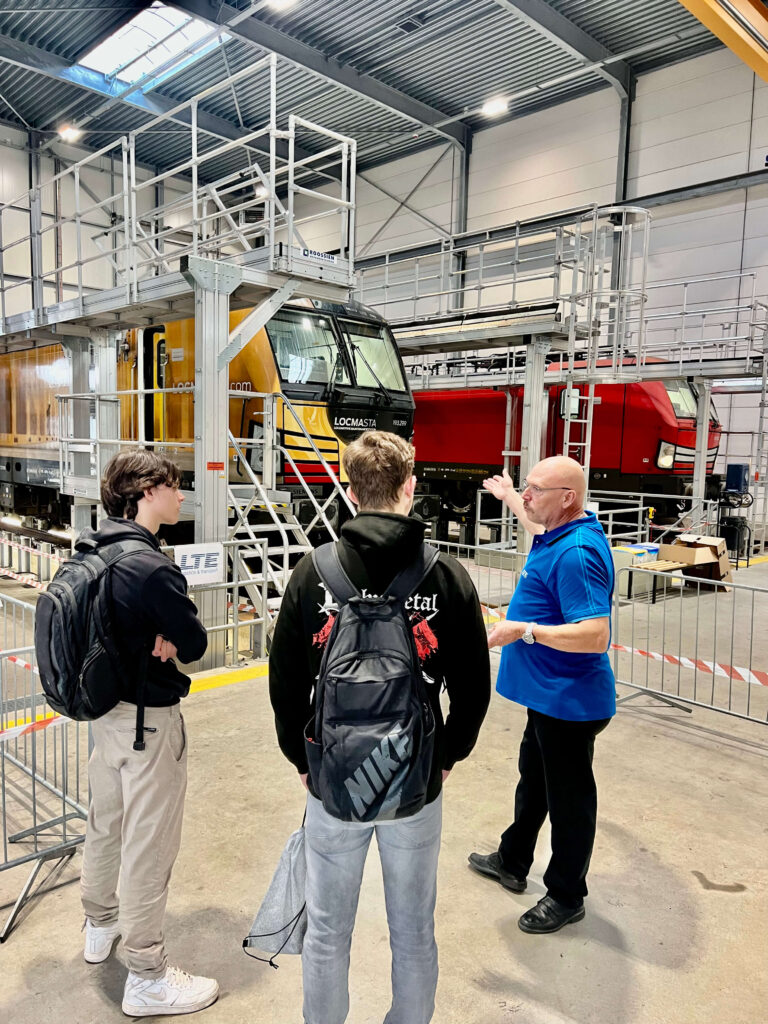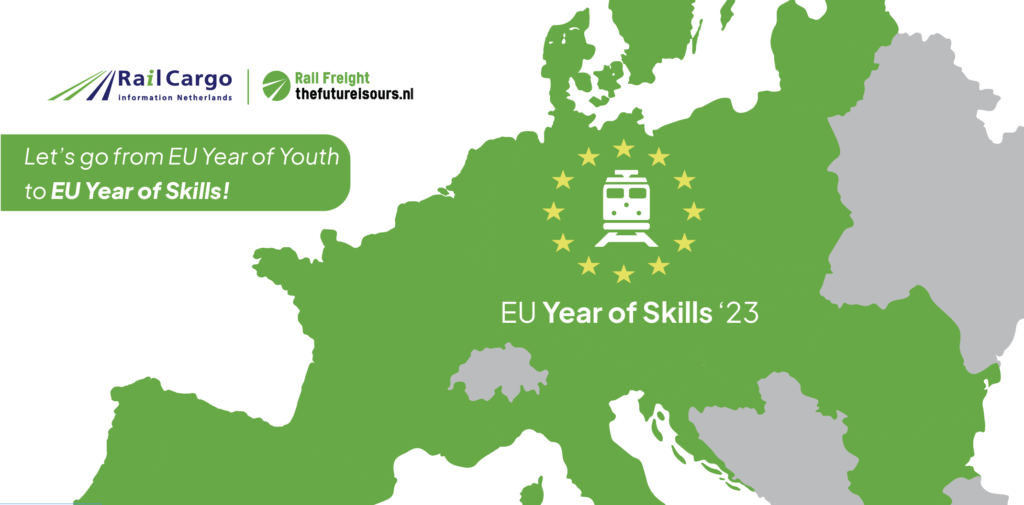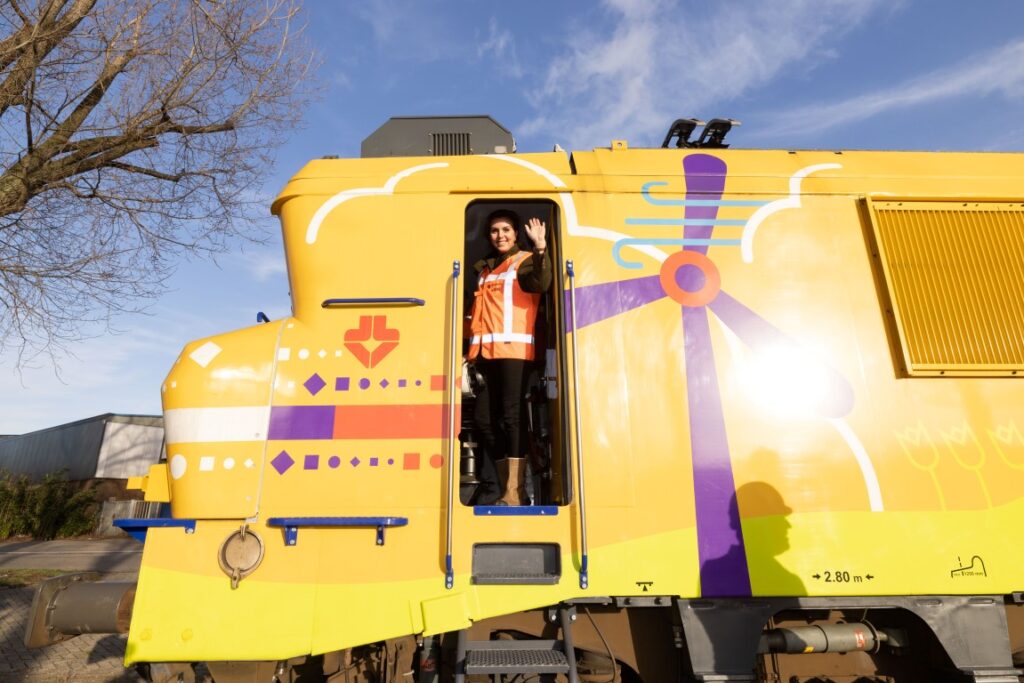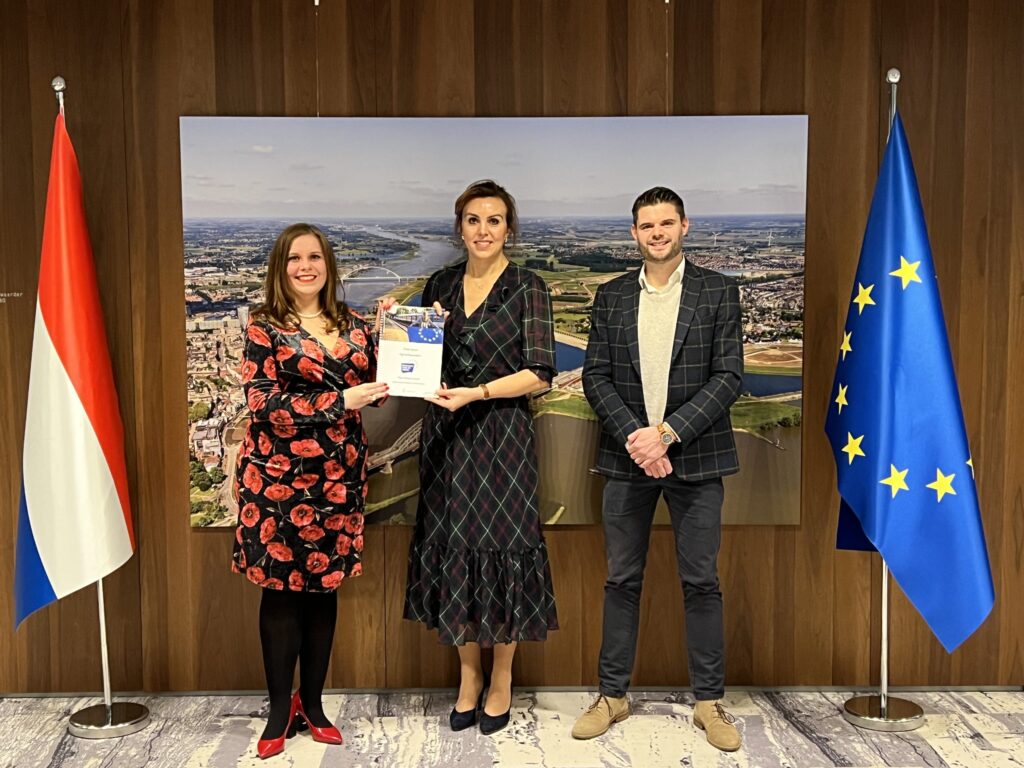Text: Marco Barneveld
The history of stainless steel giant Outokumpu goes back quite some time. It began in 1910 with the discovery of copper in Kuusjärvi, Finland. That copper was discovered on a hill called Outokumpu, which means ‘strange hill’. Over the years, the company mined and refined various metals until it began to focus entirely on stainless steel at the beginning of this century. Since the acquisition of Inoxum GmbH in 2012, Outokumpu has become one of the three largest stainless steel producers in Europe. The company is based in the Netherlands.

When did you start with intermodal transport?
“For about 15 years, we have been sending a large volume intermodally from Terneuzen, via Antwerp, Ghent, and a few other terminals. We mainly transport the north of Italy, the Eastern Bloc, and Austria. We use transporters who serve our customers by road and rail. Seventy percent of the volume to Italy is done intermodally, for Eastern Europe and Austria that is about 45%. We work with several carriers who look after our interests. We make price agreements with them for a fixed period.”
What are your motivations for intermodal transport?
“There are several reasons. It is better for the environment. Fewer emissions from trucks by taking them off the road and putting them on the railways. But that is not the only reason. We also see several practical reasons. This modality allows you to load a higher payload per truck/unit: about two tonnes more per trailer than traditional road transport. That may not seem much, but on an annual basis, you, therefore, need quite a few fewer trucks for the cargo that we send. In addition, there are fewer and fewer drivers available in Western Europe. Brexit, and also Covid, have given this an extra push. This calls for different solutions for companies.”
Is it also cheaper to operate by rail?
“Yes. There is definitely a difference. But the transit time is longer than by road. There is a break-even point. Intermodal transport currently only has an advantage for us if you have to bridge long distances. From the south of the Netherlands to the Ruhr area, for example, is not technically attractive in terms of costs and time. But if, as in our situation, you transport from the south of the Netherlands to northern Italy, then it is more attractive than by truck.”
What is the biggest challenge of this form of transport?
“Weather conditions. That is the first decisive factor that comes to mind. If all goes well, a cargo can reach northern Italy within four days using this system. But that does not always work. From here to Italy you have to go through a mountain range. In winter and during periods of rain, you soon have issues: snowfall, excessive rain. Some routes are then unusable, and the trains have to be diverted. That is a challenge. Ultimately, the biggest challenge is that there are often no alternatives when that happens. Because the rest of the track is full. This problem arises not only in weather conditions but also, for example, in the event of strikes. There is less flexibility than with pure road transport, but yes, it is better for the environment, better for road congestion, more cargo, and so on.”
What can be improved to make intermodal transport more attractive?
“Expanding the network and the terminals. Whether I go to carriers A, B, or C, you end up at the same terminals. Our customers are located in a certain area, so they all try to get as close to the customer as possible by train. We always have a bit of a pre-carriage and a bit of a post-carriage. The shorter that piece is, the better it is for everyone. Not every terminal (yet) has the possibility to extend the transport. We can choose from five or six terminals in our neighborhood that keep it attractive to use this modality for our transport. But that is about it. It would be nice to increase the number of departures from the terminals, bringing us back to flexibility. If something goes wrong now, for instance, if a tunnel collapses, it is almost impossible to find another route. Everything is packed. So the expansion of the network certainly deserves attention.”
For which companies is intermodal transport recommended?
“In my opinion, volume is a requirement. A carrier books a certain number of places on a train based on a certain volume. That volume determines the price. It is also important to find the right partner for your goods, who will give you the right service. But there is an opportunity for everyone to carry out intermodal transport. Every company that still only transports large volumes by road by truck should dive into the possibilities of intermodal to see what is possible for them.”
Poll
Poll 2: are being overtaken by other modalities
Stay informed?
Subscribe to the newsletter
Contact us
Do you have questions about the initiative Rail Freight, The Future is Ours? Would you like to become an ambassador? Or are you considering transporting goods by rail? Then please contact us. Leave a message with your details and we will contact you within 2 working days.

